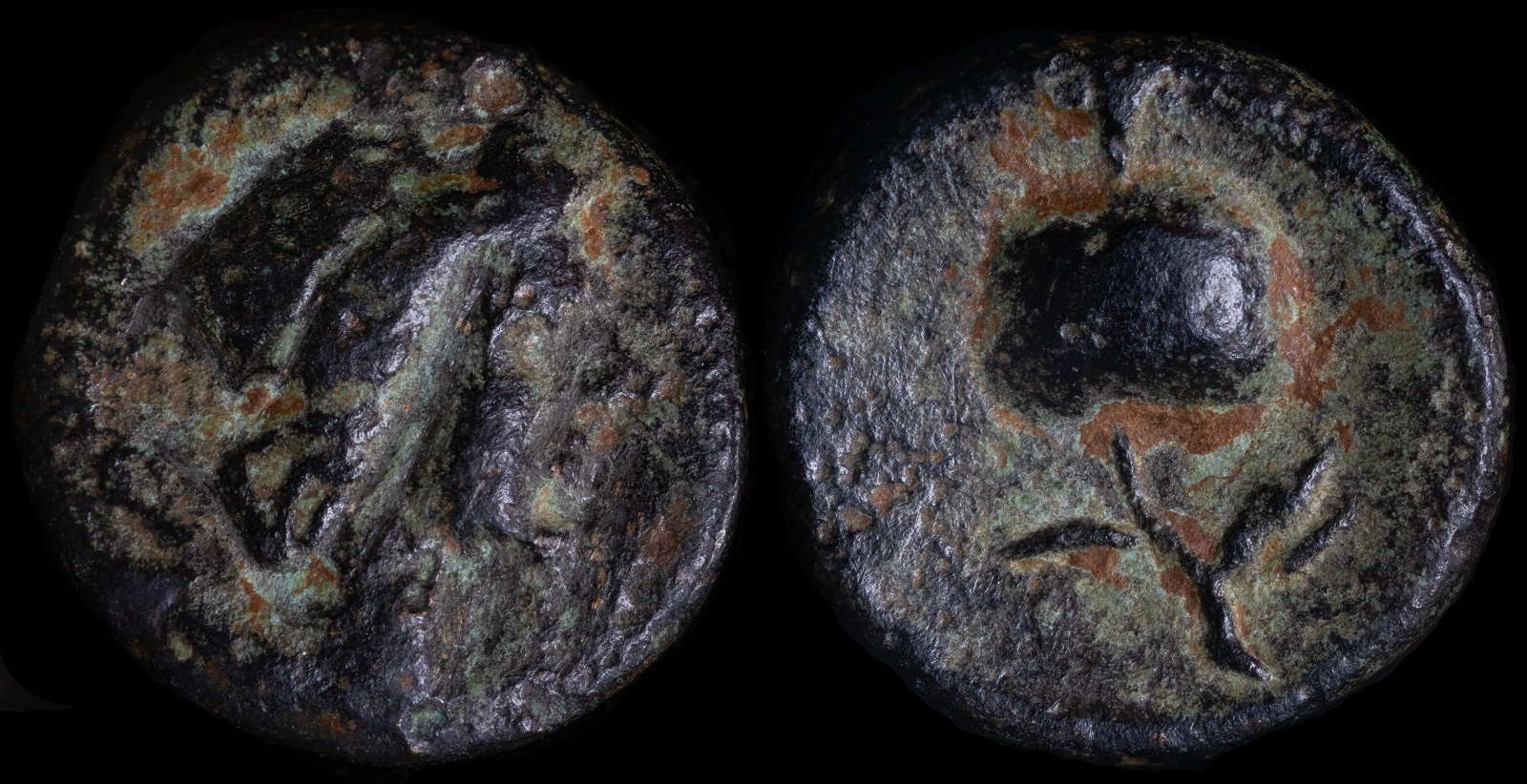Pomegranate
View All Tags
According to Greek mythology, Persephone was abducted by Hades and taken to the underworld. While there, she ate six pomegranate seeds, which bound her to the underworld for part of each year. This act of eating the pomegranate seeds symbolized her link to death and the seasons, as her return to the upper world marked the renewal of life in the spring. The fruit thus came to symbolize the balance between life and death, growth and decay, and was closely associated with the cycles of nature and agricultural fertility. The myth also made the pomegranate a symbol of rebirth and transformation, reflecting the idea that life is cyclical and that death is not an end but part of a continuous process of regeneration.
Beyond its mythological significance, the pomegranate was also valued in ancient Greek society for its practical uses. The fruit was consumed for its sweet and tangy taste, and its juice was used in various culinary and medicinal preparations. Pomegranate seeds were often used as offerings in religious rituals, especially those dedicated to Demeter and Persephone, the goddesses of agriculture and the harvest. The fruit’s deep red color also made it a popular motif in art, appearing on pottery and in other decorative elements as a symbol of fertility and prosperity.

Pamphylia. Side
3rd-2nd centuries BCE
AE 12.20mm 1.81g
Obverse: Draped bust of Artemis right, with quiver over shoulder
Reverse: Pomegranate
SNG BN 758